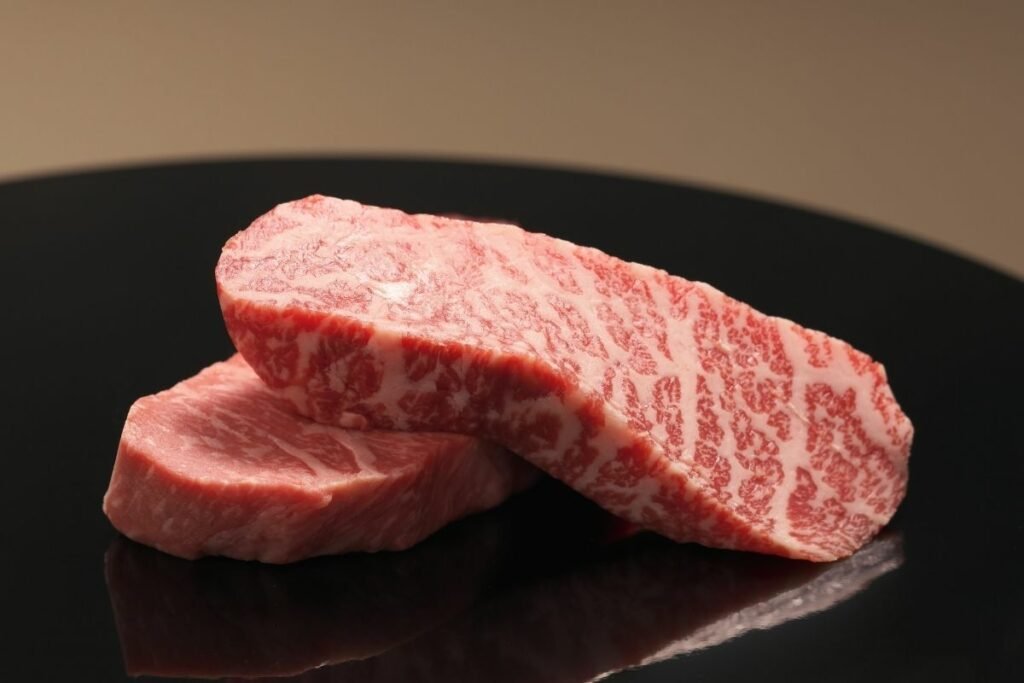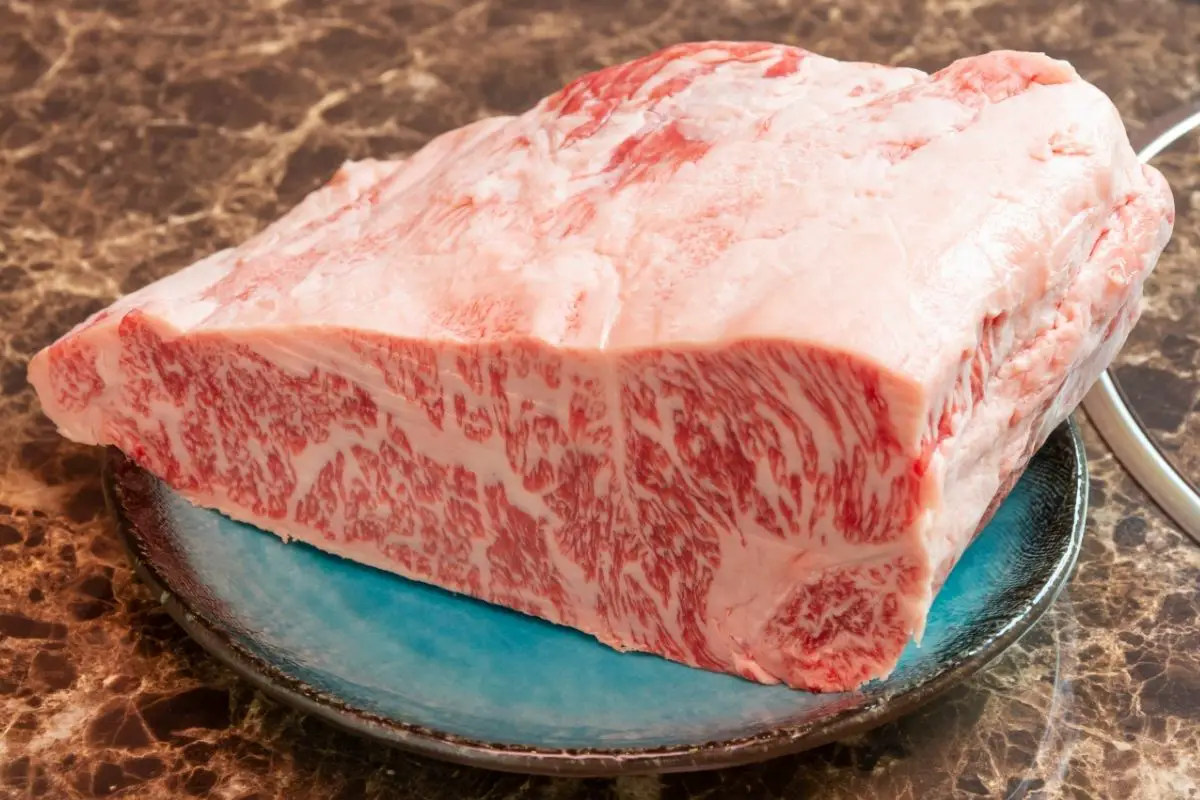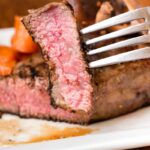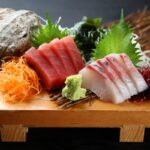Wagyu beef is one of Japan’s most famous delicacies, and this luxury beef is equally famous for its high price as for its incredibly rich flavor.
In Japan, wagyu beef is served in all kinds of different ways, but what about eating it raw?
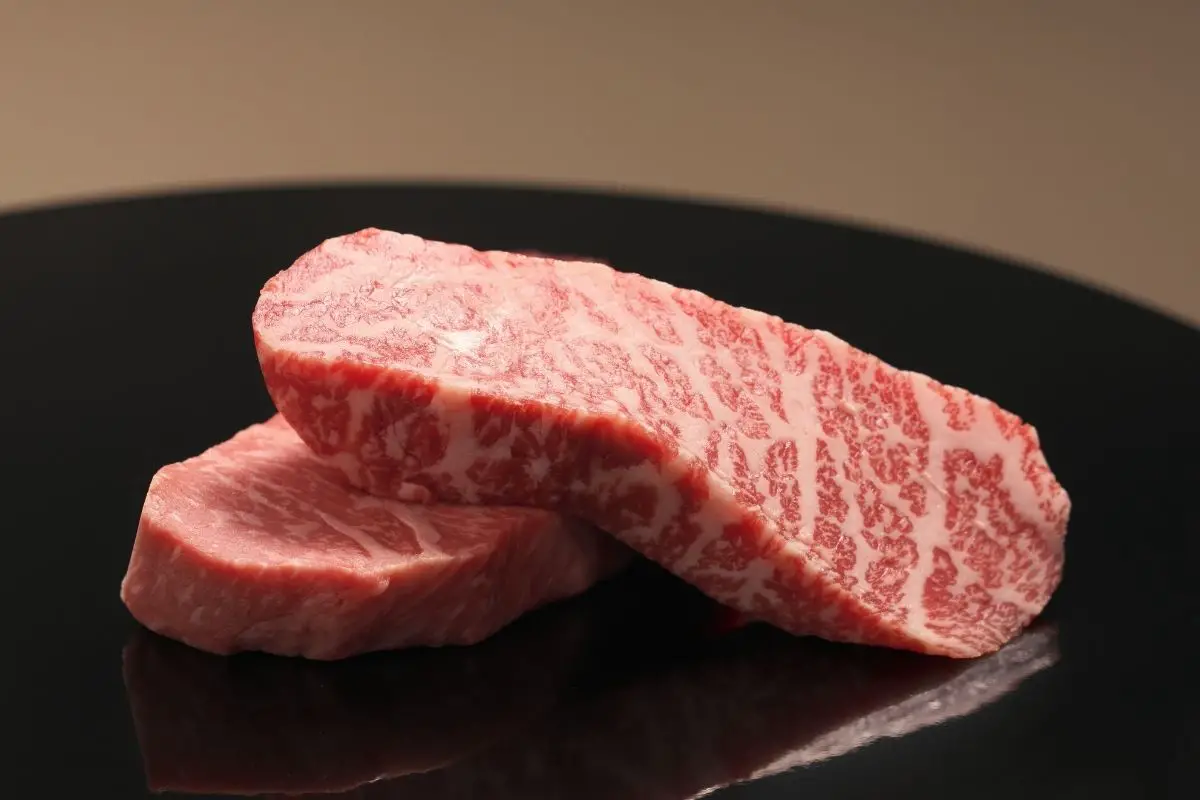
In this article, we’ll give you the lowdown on what wagyu beef is in the first place, why it’s so famously expensive, whether it’s safe to skip cooking your wagyu, and how it tastes, too.
What Is Wagyu Beef?
Wagyu beef comes from a breed of cattle called Japanese Black or Japanese Brown (Japanese: 日本黒牛) that originated in Japan over 500 years ago.
These cows are raised specifically for their meat, which has been prized for centuries due to its tenderness and unique taste.
The meat is also known for being extremely fatty. It contains more fat than any other type of beef, making it an ideal choice for those looking to cut calories without sacrificing quality.
This is why wagyu beef is often used in dishes like sushi rolls, where the fatty texture works well with rice and vegetables.
How Much Does Wagyu Beef Cost?
The price of wagyu beef can vary depending on the region and the age of the cow.
A wagyu steak that costs around $70 will be much cheaper if you buy it at a local butcher shop instead of ordering online.
However, some restaurants offer wagyu beef as part of their regular menu.
If you’re planning to dine out, make sure to check the restaurant’s website before booking, so you know exactly what kind of meat they serve, and how much you can expect to have to pay for it.
Why Is Wagyu So Expensive?
The price of wagyu beef can be very expensive, especially if you’re buying it directly from a farmer.
However, there are two main reasons for this: firstly, farmers charge a premium because they know that people will pay extra for the best quality; secondly, the demand for wagyu is so high that many farms struggle to keep up with it.
As such, prices tend to fluctuate wildly depending on supply and demand.
Eating Wagyu Raw
While wagyu is sometimes cooked before serving, some chefs, particularly in Japan, prefer to serve it raw.
There are several benefits to doing this, including that it helps preserve the delicate flavors of the meat. Additionally, it allows diners to enjoy the full experience of the meat without having to worry about it being overcooked.
One popular way to prepare wagyu is to slice it thinly and serve it as sashimi.
Sushi shops typically sell wagyu slices alongside other types of fish, such as tuna and salmon, although you’ll find that only fairly high-end places will have wagyu on the menu.
You can find these cuts of wagyu at specialty stores like Tsukiji Market, Tokyo’s largest wholesale market. Though wagyu is less available outside of Japan, it can be found in some places, so look around online to find your nearest supplier.
There are a few things to consider when deciding whether to eat wagyu raw though. Firstly, it’s important to note that not all wagyu are created equal.
Some wagyu are better suited to being eaten raw than others. For example, Kobe beef is considered by many to be the finest wagyu available and is often served at restaurants as part of a traditional kaiseki meal.
On the other hand, some wagyu are much fattier than Kobe beef, meaning that it would be difficult to get enough fat to make it palatable.
Secondly, even if you do decide to try eating wagyu raw, it’s still significant to understand how to prepare it properly.
When eaten raw, wagyu beef has a strong aroma, similar to that of foie gras. Its flavor is slightly sweet, and it has a slightly nutty aftertaste.
Choose high-quality meat. If you’re going to buy wagyu beef, do it from a reputable source.
You should look for a farm that specializes in raising wagyu (see also, ‘How is Wagyu Beef Raised?‘), and that offers a wide variety of cuts. They should also be able to tell you exactly where the animal was born and bred, and how old it is.
If you’re going to be eating it in a restaurant, make sure that it has a good reputation and that what they’re selling is the real thing.
Lots of cheaper establishments stretch the definition of wagyu quite a long way, and eating their meat, especially if it’s raw, is unlikely to give you that great wagyu experience.
Buy wagyu steaks that aren’t frozen. Frozen wagyu is usually cheaper, but it doesn’t always contain the highest-quality meat. Instead, choose fresh wagyu steaks and ask the butcher to slice them for you.
How Does Eating Wagyu Raw Affect Your Health?
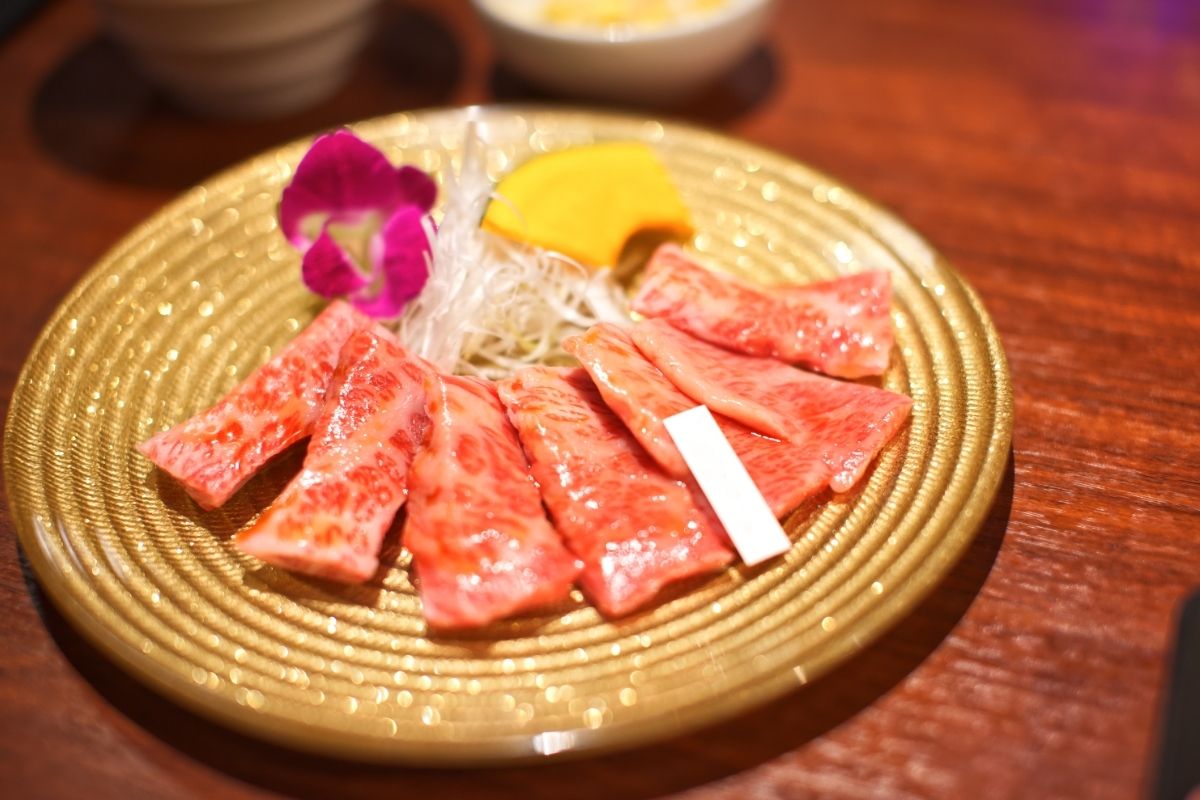
It’s perfectly possible to eat raw wagyu beef safely, and it’s very unlikely that you’ll experience any problems if you do so.
However, it’s important to remember that raw meat isn’t sterile, and bacteria can easily grow in it.
Therefore, you need to take precautions when preparing your food. Always wash your hands thoroughly before handling meat, and avoid touching your eyes, nose, mouth, or open wounds while cooking.
When cutting wagyu, use a sharp knife and don’t touch the blade until you’ve finished slicing.
Finally, never leave raw meat out at room temperature for longer than 30 minutes.
Should I Eat Wagyu Beef Raw?
If you want to eat wagyu beef, then yes, you absolutely should! Wagyu is one of the most delicious types of beef, and it’s worth paying a little to enjoy its unique taste.
If you’re worried about your health, however, then it might be safer to stick to cooked wagyu. While it’s true that raw meat isn’t completely free of risk, it does carry a lower level of risk than cooked meat.
This is because raw meat contains fewer nutrients than cooked meat, which means that it’s easier for harmful microorganisms to survive.
In addition, since wagyu is typically sold as steaks, rather than ground beef, it’s unlikely that any pathogens will survive long enough to cause illness.
Final Thoughts
Wagyu is incredibly tasty, and it’s worth trying and worth trying raw! It’s just important to know how to handle it correctly.
If you get a high-quality piece of wagyu beef and eat it raw as part of a well-prepared dish, you’ll agree that few culinary experiences can come close to it.

